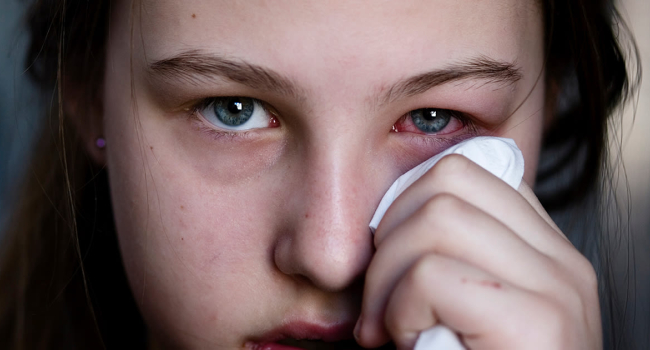It’s been almost four years since the coronavirus was discovered, and new developments and questions continue to unravel across the globe.
The virus is now on its 16th omicron subvariant, according to the U.S. Centers for Disease Control and Prevention. Subvariants are mutations in the virus’ genetic make-up. As of June 9, XBB.1.5 is the most dominant one circulating in the country at roughly 40%, the CDC’s variant tracker estimation shows. A new variation, however, is on the rise.
The Bee asked California infectious disease experts questions about the state of coronavirus today. Here’s what we learned:
What is the subvariant of concern?
On the West Coast, omicron subvariant XBB.1.5 is still dominant, but there’s a new contender.
Dr. Peter Chin-Hong, professor and doctor specializing in infectious disease at the University of California, San Francisco said that XBB.1.5 is the one that’s been around during the winter surge, but it’s losing ground to a subvariant known as Arcturus, or XBB.1.16.
He said it’s rising steeply, from accounting for 2% of cases in early April to about 15% by May in the country.
In the California region, 17.4% of cases are from XBB.1.16 as of early June.
What are the symptoms of Arcturus?
The symptoms are similar to previous omicron cases, experts say.
This includes sore throat, nasal congestion and headache, Chin-Hong said.
Some patients may also have runny nose, sneezing, cough, tiredness and body aches, said Dr. John Belko, pediatric infectious diseases specialist at Kaiser Permanente Roseville.
Symptoms that appear to stand out in these cases, however, are fever and pink eye, particularly in children.
But these symptoms aren’t new to COVID, nor does the subvariant appear to be associated with severe disease, Belko said.
“Since the beginning of the pandemic COVID has been known to cause eye pain, itching, burning and conjunctivitis,” Belko said. “It has also been isolated in tears and the higher the concentration of the virus in tears is associated with more severe symptoms.”
Chin-Hong added that while some people may have more serious symptoms due to being older or immune-compromised and not up-to-date with vaccines, some people might not have any symptoms.
How does COVID cause pink eye?
Pink eye is when the thin layer of the cells covering your eyes is inflamed.
This happens when there’s an infection, exposure to chemicals or allergens, Belko said.
“We know that cells in the conjunctiva have ACE2 receptors on them — which are the bindings sites for the spike protein on COVID,” he said.
Is the COVID pink eye different from non-COVID pink eye?
Belko said the symptoms are much like regular pink eye and will usually resolve in a week.
There is no specific treatment for pink eye, he said, but if you do get it, avoid rubbing your eyes as this can cause further damage to and can possibly spread the virus to others.
You should also wash your hands frequently and consider using artificial tears or cold compresses if you are experiencing discomfort.
Are cases going to surge this summer?
With more travel and as immunity wanes, COVID cases may rise in the summer.
“We’re already seeing that happening in wastewater in New York…” Chin-Hong said, adding that wastewater testing is usually an early warning sign.
CBS reported on June 2 that high concentrations of COVID were detected in all 14 New York City wastewater treatment plants.
“We have the ability to change the end of the story,” he said, “by having, particularly, the vulnerable populations get up-to-date on their interventions.”


